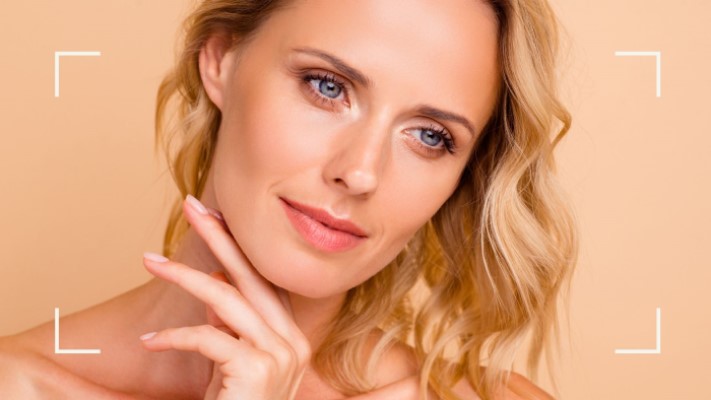
Ultherapy is a non-invasive, FDA-approved procedure that uses ultrasound to gently and precisely reshape the body. It is used to treat wrinkles, loose skin, and sagging skin on the face. It is also used to improve the appearance of cellulite and the contour of the body. Ultherapy employs controlled heat to target the deep layers of your skin, which contain the most collagen. Ultherapy improves the structure and texture of the dermal layer by stimulating collagen production.
Ultherapy eliminates the need for general anesthesia, allowing you to resume your normal activities immediately. Some people experience minor redness or puffiness for a day or two, while others may experience varying degrees of bruising.
Some patients notice a difference in their skin almost immediately. However, you should not expect to see results until 3 months after the new collagen has developed in your skin, with continued improvement over the next 6 months. The effects are long-lasting, but you will notice a diminishing effect after a few years, or whenever the natural aging process causes the skin to become saggy again. You can always have another Ultherapy session if you want to.
Is it Painful?
Each of the patients has a slightly different treatment experience; some find it mildly uncomfortable, while others with high sensitivity levels are aware that comfort measures would be preferable from the start. Warmth or tingling beneath your skin, as well as a pinching sensation, may be felt. The treatment is generally well tolerated by the majority of patients.
If you are concerned about the procedure, speak with an experienced dermatologist. They will give you an idea of what to expect and options for dealing with discomfort. Any sensation you feel from the device should dissipate quickly at the end of the treatment. Post-treatment discomfort is typically mild and manageable with over-the-counter pain relievers.
Are there risks?
Despite the fact that no incisions or invasive surgery are used, non-surgical treatments do carry the risk of certain complications and side effects. It is important to remember that this procedure has been approved by the FDA and has been used millions of times with only a few long-term complications. Those facts, however, do not rule out the possibility of side effects, and it is critical that you are properly informed before deciding on any treatment.
How Many Ultherapy Sessions Will I Be Needing?
Most individuals only require one Ultherapy session to see results. A smaller proportion of people benefit from a follow-up session months later. It is determined by your level of skin laxity and other factors. It does take a few months for the collagen to form, so you should wait before deciding whether you require additional treatment.
If you want to maintain your initial results, you may benefit from an annual Ultherapy session after you’ve achieved them.
You may experience redness, tingling, puffiness, and temporary numbness after treatment. It should go away in a few hours or days.
How long will I recover after the treatment?
Ultherapy, like most non-invasive treatments, has no downtime, though some swelling or bruising may be considered “social downtime.” You can go back to work right away if you want, but some people prefer to use the day for self-care. It’s a good idea to wait 24 hours before resuming strenuous activity to allow the treated areas to settle down




